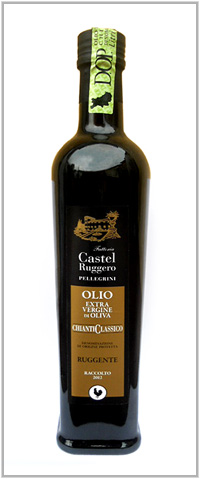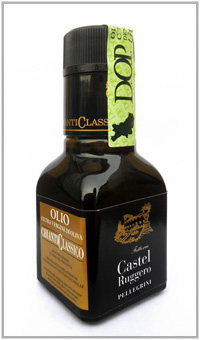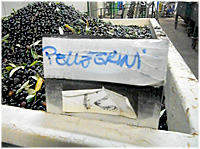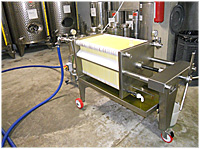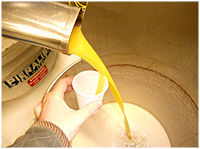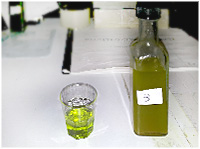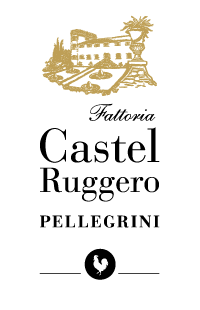
|
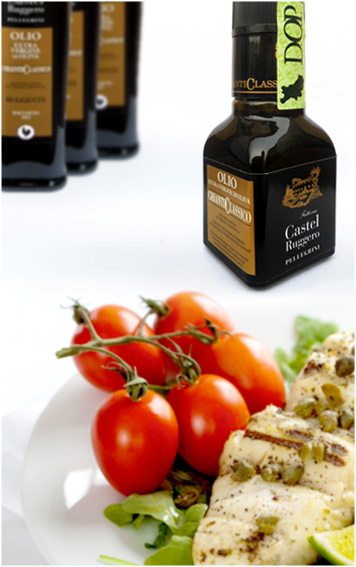 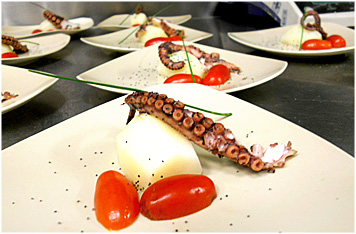 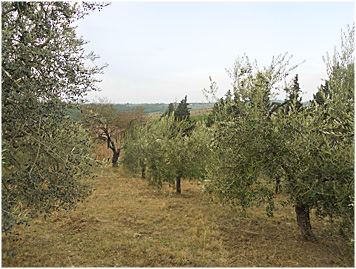 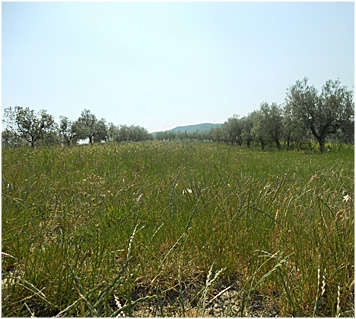 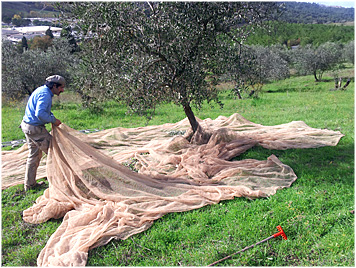 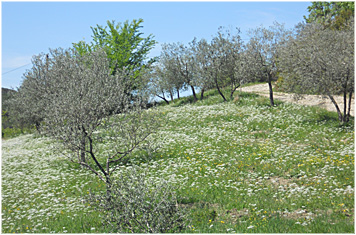 |
OIL RUGGENTE Organoleptic Profile of Olio Ruggente Tasting the olive oil it’s very easy. The most important thing is to have a totally free mind to evaluate if the flavours you during the taste are fresh or rotten, and if they are natural or chemical. And this is often enough. Let’s prepare a white paper, a small glass... and obviously a bottle of Ruggente 2012. Open the bottle and, spill a bit into the small glass. So, step. 1)Eye. The colour of the oil is not a deeply indicative element. The colour of olive oil might be green or yellow, it depends from many parameters. It’s important that the oil is not transparent for sure. The colour of the olive oil is due to anthocyanins that dont bring any flavour with themselves. So it’s possible to have a deep green olive oil with a very bad taste, or a completly yellow olive oil that can be the best olive oil in the world. About Ruggente the colour is, now, deep green with some golden reflection. With the progress of the season, the oil will become more golden, loosing his green element. This is not a problem, it doesnt implies a damage in the quality of the olive oil. 2) Increase the temperture of the glass with the olive oil in it, just keeping it in your hands. Just a few seconds. Always keep a hand upon the glass so to concentrate the flavours inside. 3) Nose and mouth. Once you have increased enough the temperature of the olive oil, you can lead the glass to your nose and be prepared to taste the flavour. Ruggente’s flavour is fresh, it recalls to my mind artichoke (the external leaves of it) mainly and of mature olives. I am pleased when i see people, after a nose-taste, swallowing, because it’s an automatic reaction of your brain that says: it’s good! Bring it to your body! This 2012 is different from 2011, because this year the oil has a stronger fresh vegetable feeling while the 2011 were showing a quite more intense grass flavour. Indeed 2012 has got a quite sunny summer so I like to link this climatic feature to the organoleptic pattern of the Ruggente. If I did spotted some problem, for sure I’d not bring the oil to my mouth. But Ruggente is going to be a pleasure for your mouth, as he promised in your nose! So, bring the glass to your mouth and charge a small quantity of Ruggente in the frontal part of your mouth. Then to quite ‘not elegant’ part. You have to create a mixture between air, fluid presents in your mouth and Ruggente. Do that making the oil pass thorough your teeth. Then move it toward the middle of your mouth and, slowly spread around your mouth. Ruggente is rich in organoleptic components, but they will not come all together. I always feel like the oil dance in your mouth, slowly and nicely. Telling to you the history of the olives that made him, of the territory, of the seasons. So he starts with fresh almond, sweet notes, in tip of tongue, then it evolves always sweetly as the internal white soft leaves of artichoke (the center leaves). Then the artichoke become more vegetable, like the upper part of the internal leaves, pleasently bitter. You can swallow it, slowly, and he’ll reveal a slight pungent behavior. When you’ll not have it anymore in your mouth you’ll still perceive a sensation of “cleaning” and “freshness” in your mouth and a slight astringency in the sides of your mouth, close to your cheeks. All that cover realy minutes. A long pleasing dance given by few stills of Chianti Classico olive oil. But it’s not a common olive oil. And the tasting by itself doesnt complete the skill of the Ruggente. Because he will marry with the foods you’ll combine with, in a very different way. If you combine it with bread, the sweet components will be evidents together with the pungent part. With beans, instead, the bitter part will be more noticable....and with cacao the freshness of the Ruggente will clean your mouth replacing the caloric feeling in the mouth that the butter could provide. But Ruggente is not an oil to be used as general “flavoring”. It’s a true “ingredient” that deserves the importance of the wine, of the cheese or of the meat! ...to follow in blog Castel Ruggero Pellegrini |
| Copyright©2013 Fattoria Castel Ruggero Pellegrini - All Rights Reserved - info@castelruggeropellegrini.it __ language: Italy - English __ visual: comunicodesign.com |
